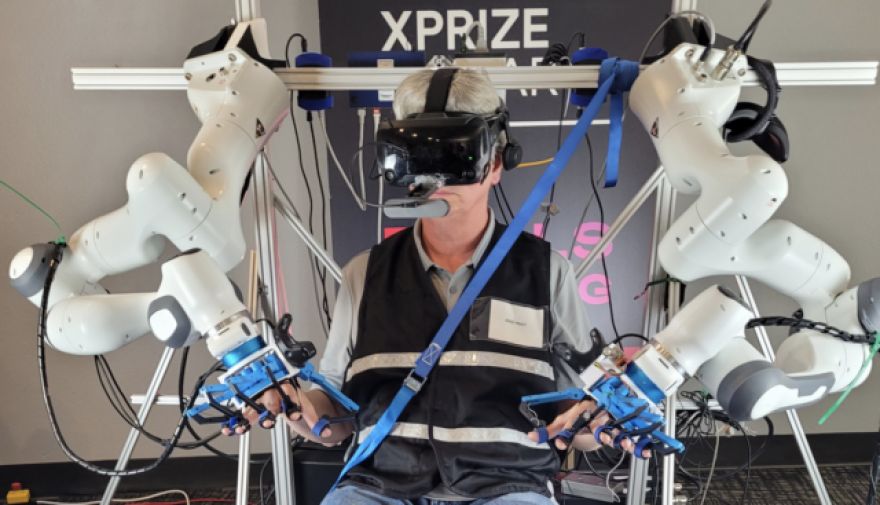
NimbRo’s operator in action. (Photo: Autonomous Intelligent Systems, University of Bonn)Telepresence isn’t always about Star Wars-style holograms. Sometimes it’s about transporting a remote individual’s actions and expressions to another place using a bulky, VR-driven robot, as demonstrated over the weekend in southern California. XPrize, an organization known for its incentivized tech challenges, hosted a $10 million competition on Saturday inviting robotics companies from around the world to show off their telepresence technology. Seventeen teams demonstrated their own takes on the “Avatar robot,” a device that allows remote individuals to communicate and operate in a location other than their own.
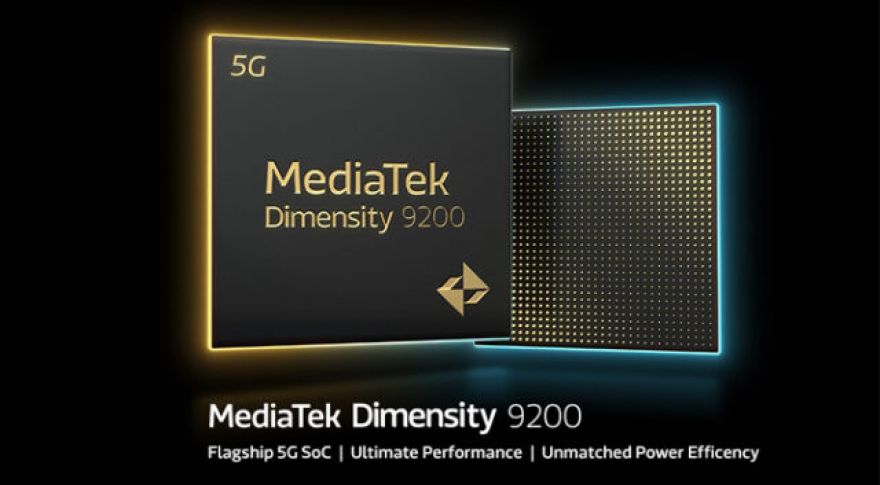
MediaTek used to focus on inexpensive, entry-level chips, but it has slowly crept up on Qualcomm in the flagship space over the past few years. Now MediaTek has announced the Dimensity 9200, which doesn’t compromise on power or connectivity. It debuts a new GPU, a new core, and even a new Wi-Fi standard — Wi-Fi 7 to be precise. You probably won’t come across any Wi-Fi 7 networks for a while, but the Dimensity 9200 is ready for the future. While the Dimensity 9200 does have a lot of new technology, there’s nothing revolutionary about the basic design. This is a 4nm octa-core ARM system-on-a-chip (SoC) with three CPU islands.
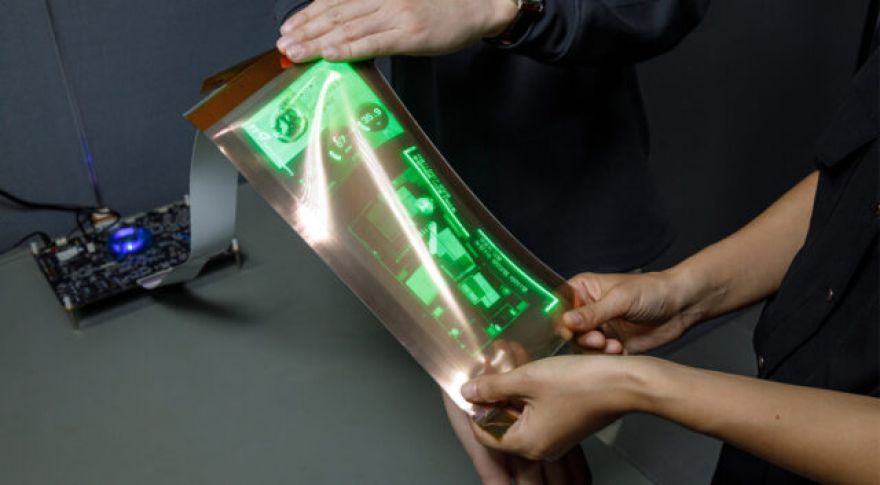
LG before it could get around to making a foldable smartphone, but the company’s display unit continues to develop technology that could make future mobile devices more flexible. LG Display has just revealed a stretchable display that can expand from 12 to 14 inches. It’s not quite ready to be integrated into your next gadget, but it’s a step forward for display technology. LG says the new stretchable display meets several important thresholds for viability. It has full RGB color rather than monochrome, and the resolution works out to about 100 pixels per inch. That would be on the low side for a smartphone, but most computer monitors are in that neighborhood.
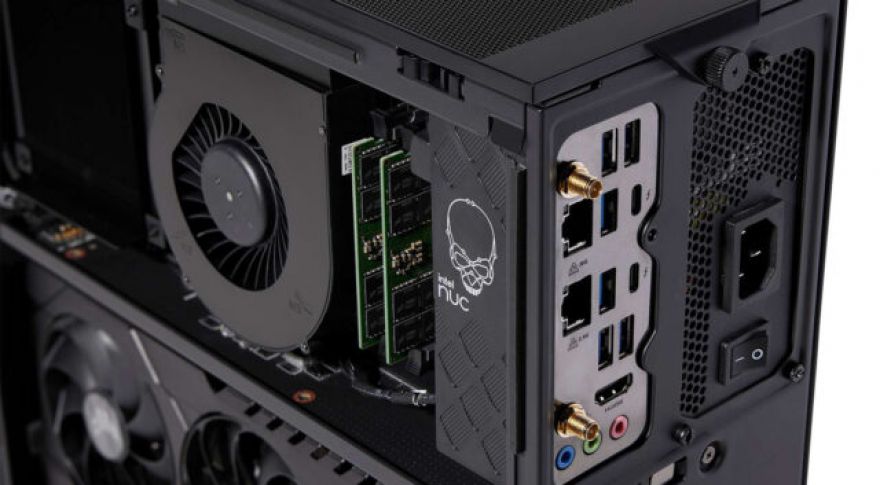
Intel recently rolled out its , which you can get on their own for a custom build or integrated into an increasing number of pre-built systems. There’s also an upgraded Intel NUC to go along with the new CPUs, the NUC 13 Extreme Kit (code-named Raptor Canyon). This is the most powerful Intel NUC ever, with redesigned cooling and space for huge triple-slot GPUs like the RTX 4090. At the heart of the new NUC is one of three different Intel 13th Gen Core processors: the i5-13600K, i7-13700K, or i9-13900K. All those chips are unlocked, allowing for easier overclocking, and the NUC 13 Extreme Kit may actually have the thermal headroom to make that viable.

(Photo: Testalize.me/Unsplash)If you’ve ever received phone calls, texts, and mailers from blood banks begging you to donate blood, you know how difficult it can be for hospitals to maintain a steady supply. Blood transfusions are vital to helping patients overcome health obstacles from physical trauma and lengthy surgeries to leukemia and kidney disease. Ensuring a proper blood supply is always readily available, however, is a whole other challenge, thanks to the presence of ultra-rare blood types and the inconvenience associated with blood donation. Lab-grown blood could fill this gap—and researchers are already testing the stuff in human study participants.
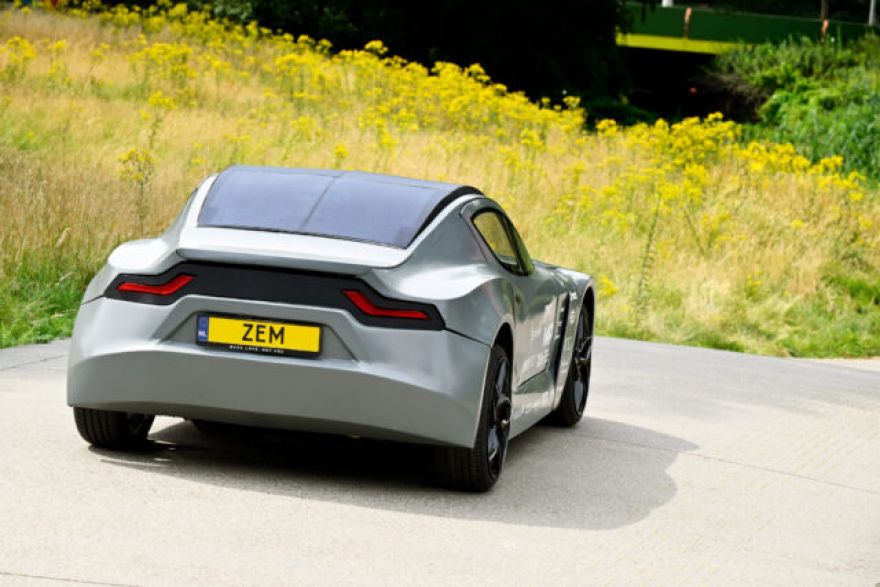
(Photo: Bart van Overbeeke/Tu Ecomotive)Personal vehicles have a lot to offer: efficiency, comfort, and freedom of movement, just to name a few. They also expel atrocious amounts of carbon dioxide, which we know by now to have a dire impact on the environment. But what if we could have our cake and eat it too? Thanks to a group of college students in the Netherlands, we might someday be able to continue using personal vehicles without exacerbating climate change. The key to the compromise is ZEM, or Zero Emission Mobility, a prototype vehicle that neutralizes its own carbon emissions as it drives.
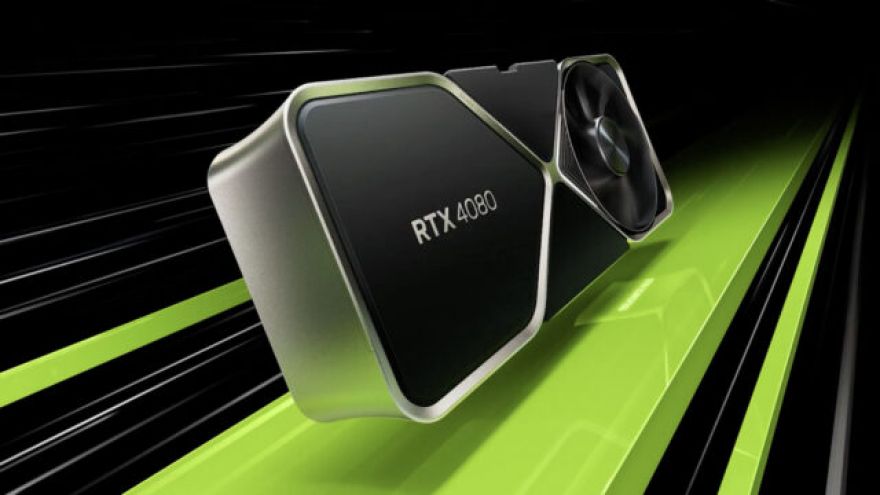
The end-of-year hardware flood continues with the impending release of the RTX 4080 16GB on Nov. 16. As you recall, Nvidia launched the flagship RTX 4090 a few weeks ago, and it sold out instantly. Your humble author played the “let’s see if we can get one” game just for kicks, and watched the ticker at Best Buy go from “not available” (yet) to “not in stock” in the blink of an eye. It was just like old times, in other words. However, there was hope that the situation might improve for the less expensive 40-series GPU. According to a new report, though, the situation could actually be worse.
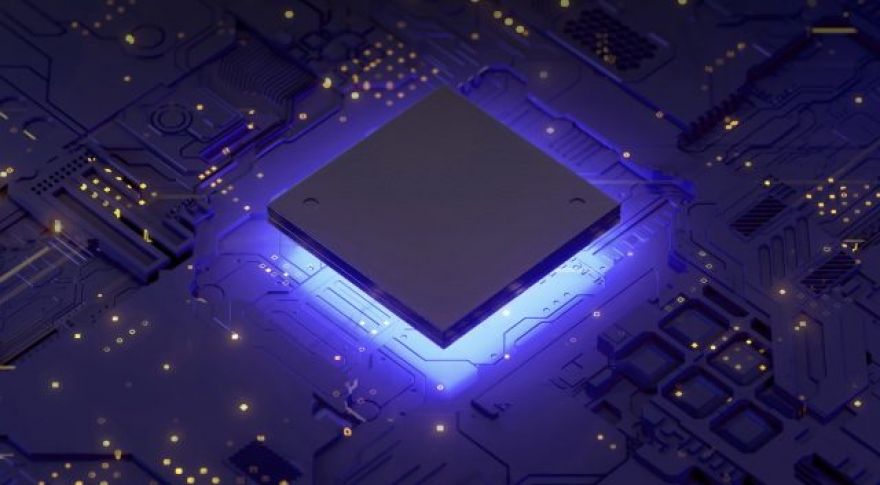
China’s semiconductor industry is facing significant problems in the wake of US-imposed export controls. Companies like Alibaba and Biren have been developing chips that could compete with the most powerful designs from AMD and Nvidia, but the restrictions have halted production at Taiwan-based TSMC. Engineers are now looking at ways to dumb-down these chips to skirt the rules, hoping that TSMC will restart production. It’s going to be an uphill battle, though. The rules announced by the US Commerce Department last month block the export of powerful semiconductors to China, which could allegedly be used to develop weapons and abuse human rights by enhancing the government’s already far-reaching surveillance apparatus.
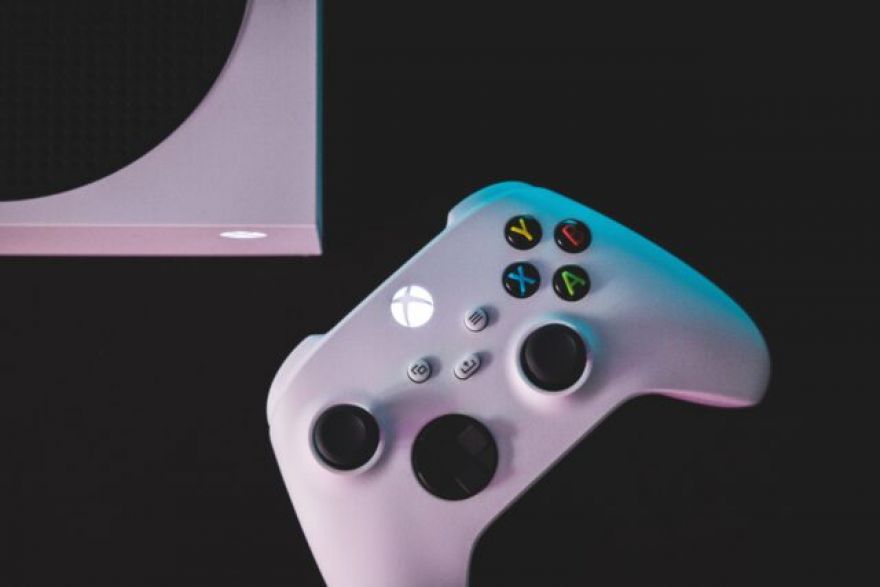
(Photo: Kamil S/Unsplash)Xbox and PC gamers might soon have the option to reduce their machines’ energy consumption—if they can handle the trade-off, that is. Based on a new Xbox Insider Program survey, Microsoft is eyeballing energy-saving game modes that would bump down the frame rate and resolution in exchange for a lighter electricity bill. The survey, first spotted by this week, starts innocently enough by asking Insiders about their preferred gaming devices and session lengths. After another question about single-player or multiplayer preference, the survey delves into Insiders’ setting adjustments and energy consumption concerns. It’s the last two questions that really reveal Microsoft’s intentions, though: One asks how gamers would feel about energy-saving modes that “optimize” resolution, visual effects, frame rate, or GPU usage, while the other asks how they’d feel if individual games adjusted these settings while idle or inactive.









